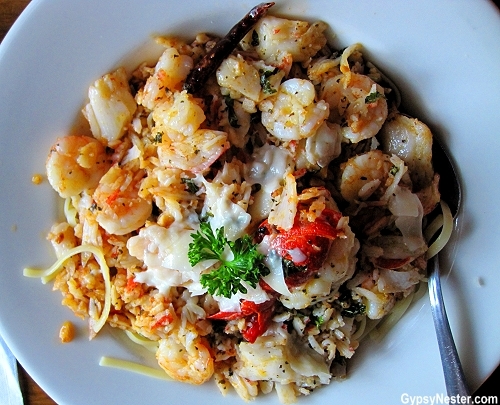
When it comes to growing a business on social media, you have to be creative and use all the tools that you have available to you. Food photos have proven to be a way to engage and grow your social media profile, especially if you’re of the culinary variety.
The use of food photography to boost your business strategy is a proven one. But there are some kinks that you need to iron out of the process if you want your photos to look their best.
Read on for a quick guide on the mistakes that you need to avoid when working with food photography.
1. Bad Light
It’s important to make sure that your food photography has the correct lighting. Bad lighting can make food photos look dull and unappetizing. When taking a picture of food you should aim for natural light or diffused artificial light.
Avoid using direct flash, as this will create harsh shadows and make the food look uncomfortable. If you must use flash then try to make sure that it’s coming from the side so as not to create distracting shadows or highlights.
2. Focusing Incorrectly
When taking your shot, it’s important to take time to ensure your image is in the sharpest focus possible. If you’re using a DSLR, it’s important to make sure your camera is on the correct autofocus setting.
If you’re not using a DSLR, you can use a tripod and one of the camera’s manual settings to get in-focus culinary photos. When zoomed in, rely on the LCD screen to check your focus.
3. Plating With Odd Colors
For example, you should avoid placing food on green plates unless the food itself is a vibrant green that complements the plate color. Try to avoid having more than one “jazzed up” food item on the plate. While different-styled foods can appear appealing, too many can take away from the main feature.
Avoid black and white plates. They create too much contrast, leading to the dishwashing out of the color of the food.
4. Overediting
Overediting tends to oversaturate the colors and create a distraction. Less is more when it comes to food photography. Overediting can also make the food look artificial and lose its natural beauty. You can remove background if necessary. Any unnecessary enhancements, such as adding grain or smudging a picture can ruin the entire look and feel.
5. Slapdash Exposure
This occurs when an inexperienced photographer excitedly whips out their camera with the wrong settings, snaps the shot, and eagerly looks at the result – only to be sadly disappointed.
Slapdash exposure usually happens when a photographer neglects to check the ISO, white balance, and aperture settings, resulting in severely under-exposed or overly bright images.
To avoid this mistake, always double-check your settings to make sure they’re suitable for the conditions.
Common Mistakes that Lead to Poor Food Photography
Food photography can help create a great Instagram feed, further promote your blog or business, and tell a captivating story about food. Avoiding these 5 mistakes can make all the difference in the success of your food photography.
A wise photographer will create a plan, find and use the right equipment, use natural lighting, choose the right subject, and focus on the details. Try these tips to take your food photography to the next level.
If you found this article helpful, feel free to read more of our blog posts.


